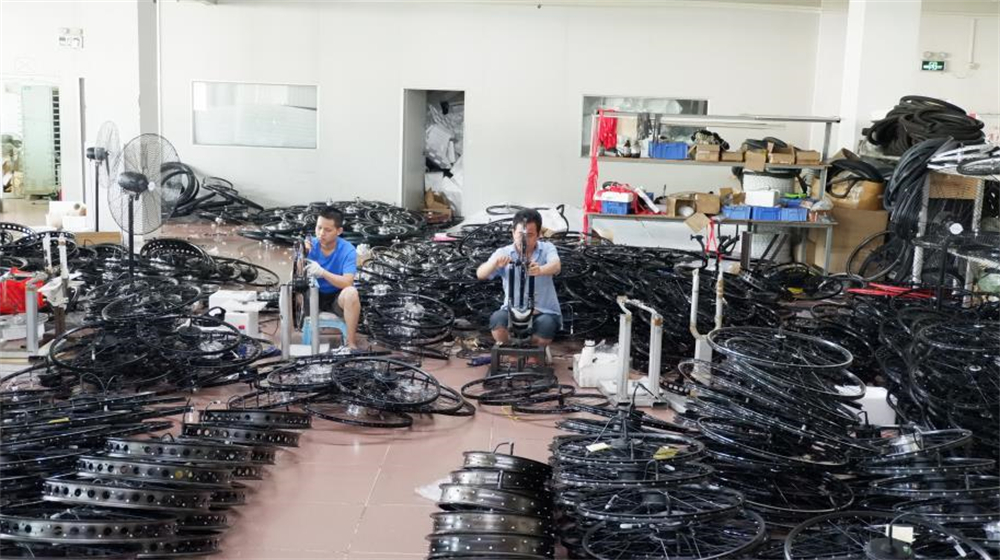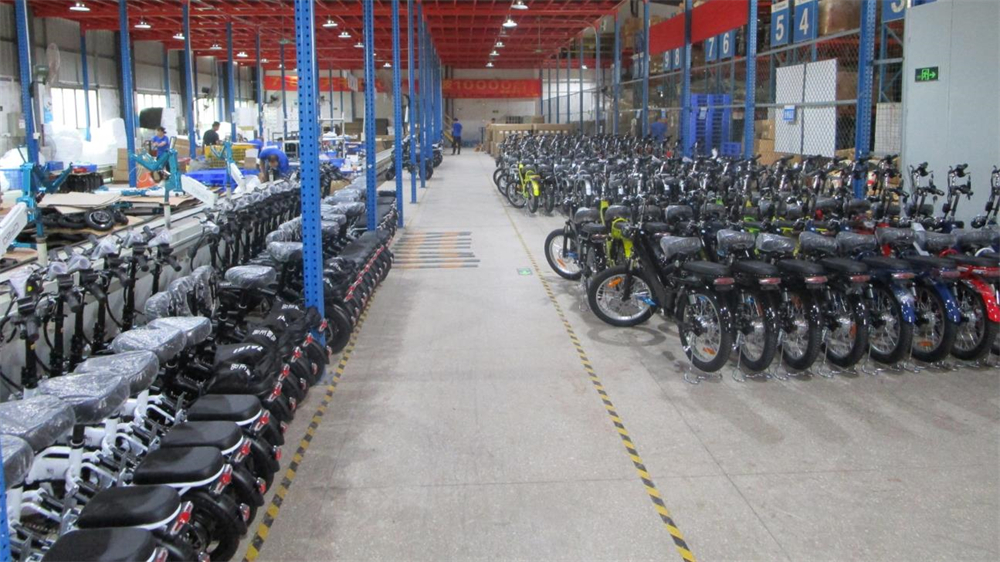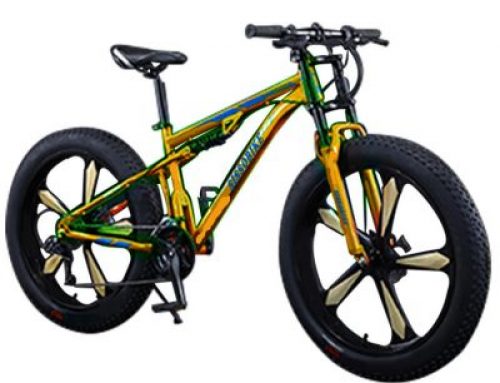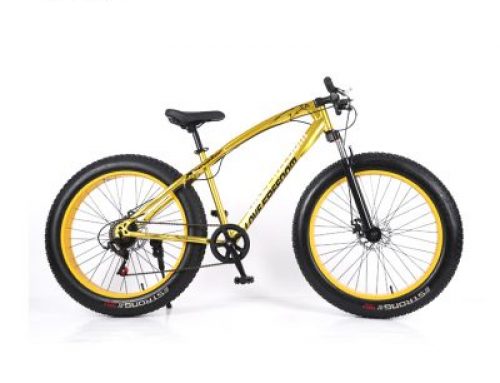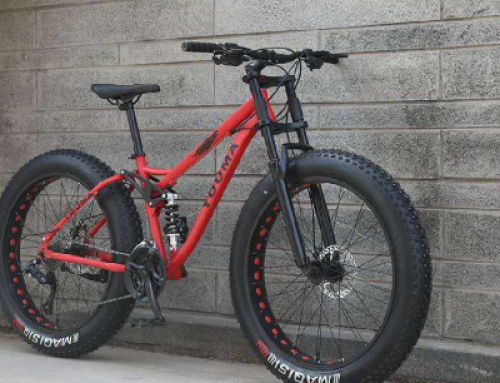Project Description
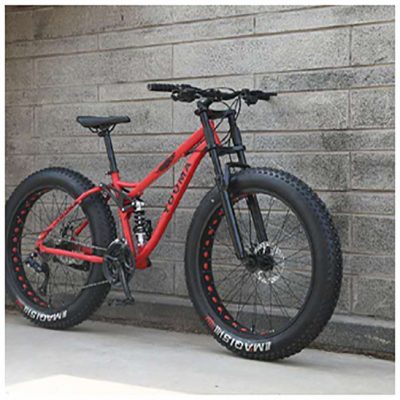
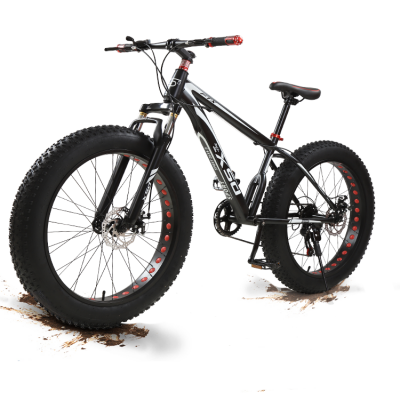
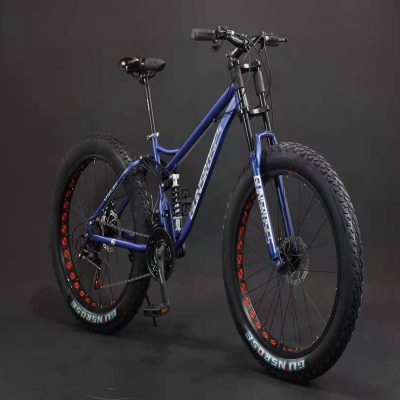
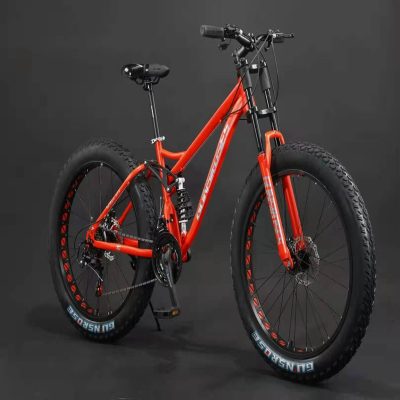
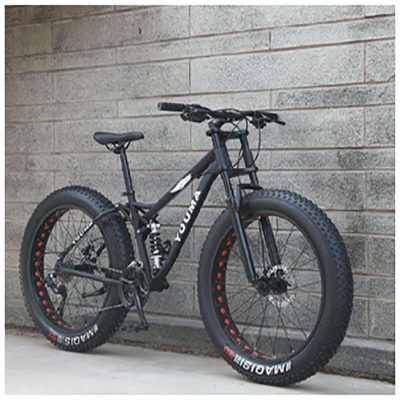
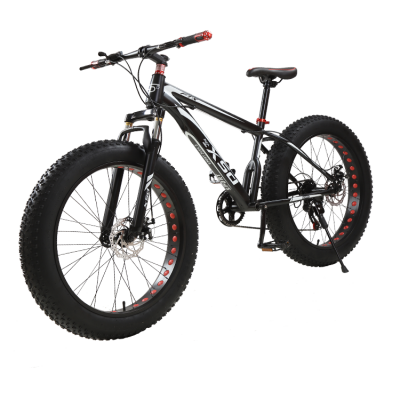
| Technical Data | Product name | Fat bike | |
| Overall width | 113 cm | Frame | High carbon steel |
| Overall height | 100 cm | Seat | Ergo-fiberglass seat |
| Overall length | 200-220 cm | Tires | 20×4.0″ front / 26×4.0″ rear |
| Track width | 96.5 cm | Front brakes | Avid BB5 disc brake |
| Wheel base | 122 cm | Rear brake | Avid BB5 disc brake, Parking brake |
| Bottom seat height | 30.3 cm | Shifter | Shimano ST-EF51 3×8-speed |
| Seat width | 30 cm | Front derailleur | Shimano Tourney FD-TX51 |
| Seat depth | 20 cm | Rear derailleur | Shimano Acera RD-M360 8-speed |
| Seat angle | 45° | Chain | 8-speed |
| Turning circle | 4.5 m | Feature | Can ride in extreme road conditions such as snow and sand
The advantage is that it is very stable when riding, and it is not easy to fall. Suitable for people of all ages to ride. |
| Weight | 55.5 kg | ||
| Max. load | 125 kg | ||
| Rider height | 160-195 cm |
Snow bikes began to develop in the United States around 2006. The difference between this bike and mountain bikes is the tires. Its tire width is usually 4.0-4.8 inches, and it can walk on snow with low tire pressure.
The mainstream snow bikes on the market have three wheel diameters: 20, 24, and 26 inches. The 20-inch snow bike is light and compact, suitable for children to ride. The 24-inch and 26-inch snow bikes are suitable for teenagers and adults.
Snow bikes are not limited to riding in winter. In winter, wear 4.0-4.8 tyres and walk on the snow. In summer, change to 3.0 tyres, which are similar to ordinary mountain bikes.
The snowmobile may seem bulky, but it is not very heavy when actually riding. The wide tires do not bring much resistance, but increase the riding comfort.
In addition to anti-skid in winter, another advantage of snow bikes is that they are very stable when riding, not easy to fall, and suitable for people of all ages to ride.This bicycle can also adapt to the snow well by changing the wheels. It uses 4.0 or 4.9 ultra-wide tires. By increasing the contact area, the pressure is reduced .


